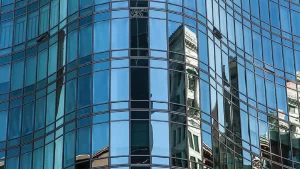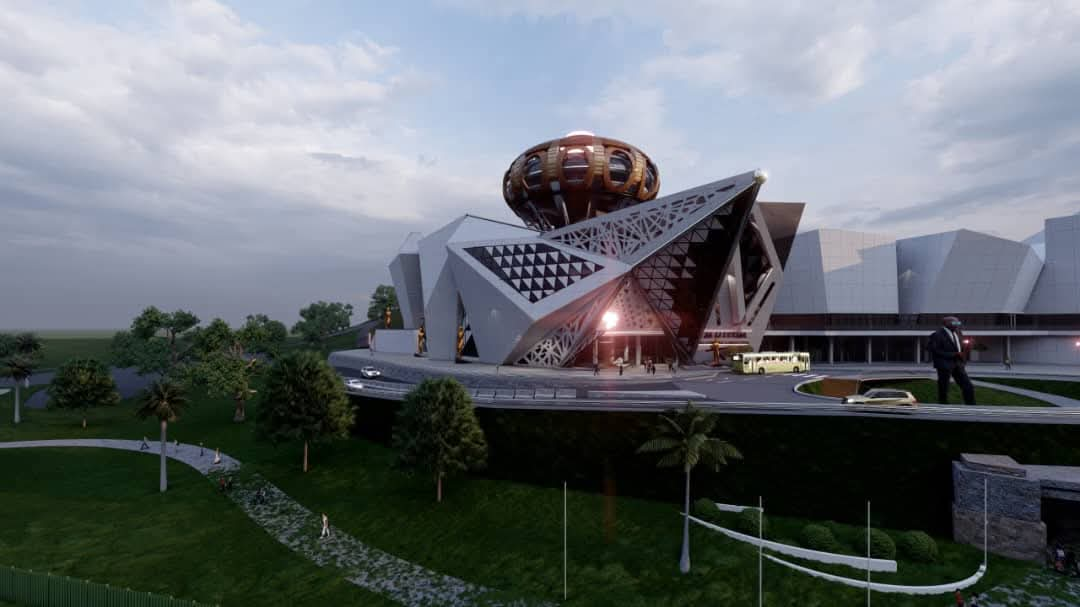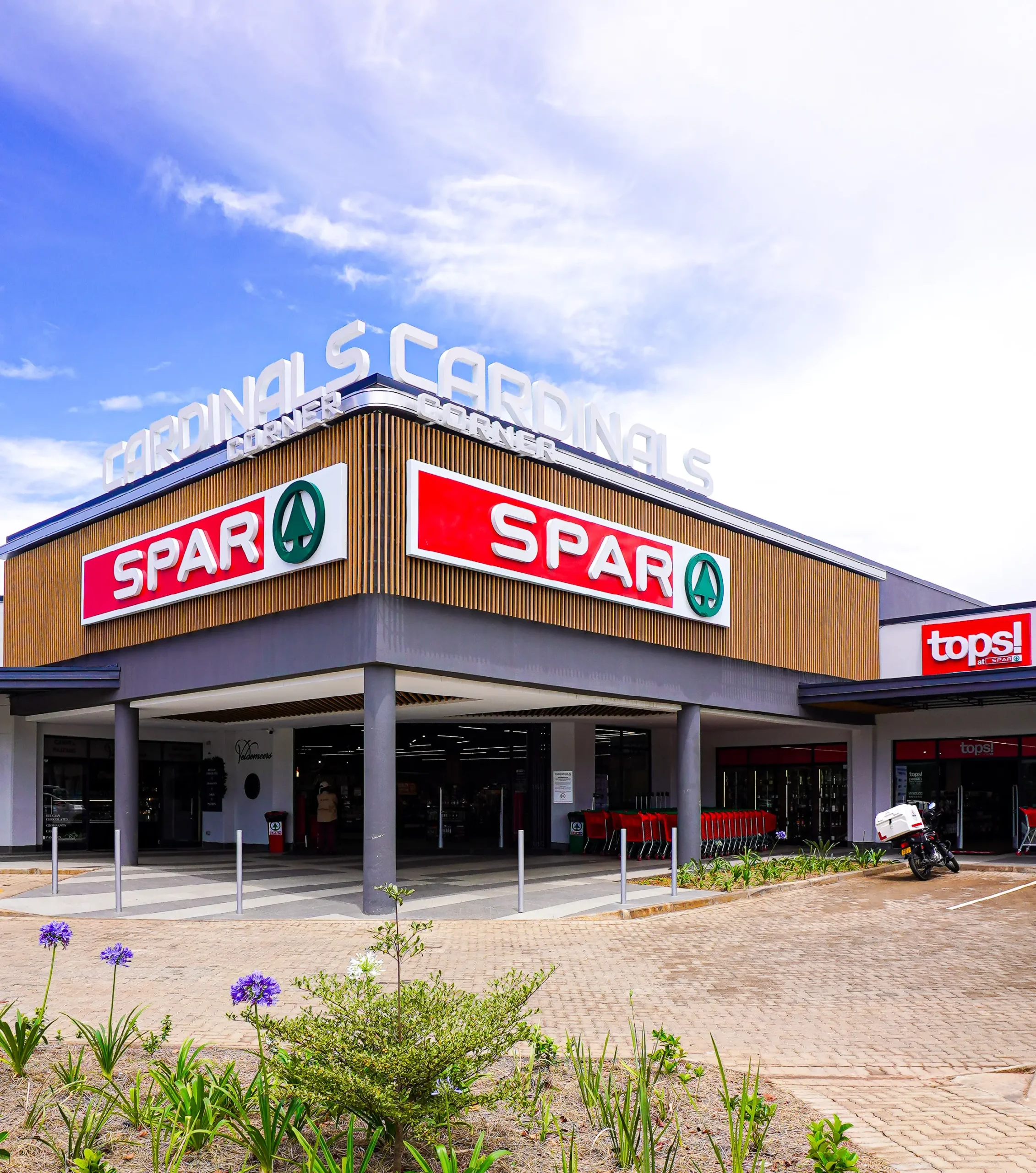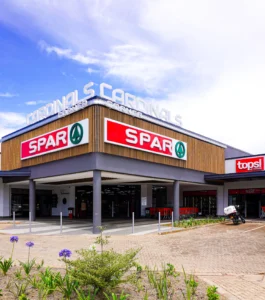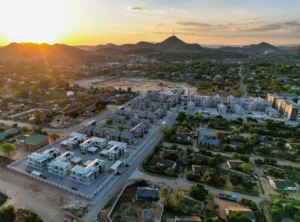ALUMINIUM is used practically in all elements: skylights, building bridges, shutters, ladders and railings. The element is present in rods, doors, stampings, wiring, bars, tubing, sheets, pipes, casting, gutters, cladding and scraps. Aluminum is applied in a wide array of industrial applications. Staircases are sometimes made of aluminium too. Buildings made with aluminium are virtually maintenance free due to the strength of aluminium’s corrosive resistance. A layer of insulated aluminum cladding is as efficient as stones or bricks. Aluminum can be painted and joined with other materials. This can be used to change the looks of edifices. Carpenters and builders prefer aluminium because it is versatile. It can be cut, bonded, welded, tapered and curved in various shapes. Insulated aluminium cladding is also very thermally efficient, keeping homes warm in winter, and cool in summer. One layer of insulated aluminum cladding is as effective as four inches of brick or ten of stone. The key features that lend aluminium to these uses are corrosion resistance, low density, ductility, electrical conductivity and strength in alloys.
Glazing is the technical term for fixing sheet glass into an aluminium frame, whether it is a window, door or skylight. If correctly installed, glass can be extremely durable and strong. From its transparency, glass offers many other desirable qualities, including protection, safety, security, solar and sound control, UV-protection, decoration and insulation. Heavy Duty Laminate Glass is a multiple laminate that offers excellent resistance to smash-and-grab-type situations, and it is worth having for security reasons.
Solar control: Due to its transparency and high conductivity, glass is the weakest element in any building when it comes to direct solar energy transmission and conducted heat gain and loss. This can be combatted with a range of glass products that incorporate things like heat-absorbing tints, tinted PVB interlayers, Low-E and solar control coatings, screen-printed designs and double-glazing.
Sound control: Glass has a relatively low resistance to noise, often allowing the transmission of unwanted sound into a building. To minimise this problem special glazing can be used, including monolithic glass, laminate glass, and sealed insulated glass units.
UV-protection: Laminate glass, with PVB interlayers, provides optimum protection against potentially damaging sunlight. “Today, there is a fast growing appreciation for the latest concepts in ‘Green Building’ principles. It therefore follows that more and more people are looking at energy efficient glazing. There is a wide range of glass that ensures optimum indoorcomfort levels in terms of solar control, thermal insulation, good daylight factors, reduction of glare, and the preservation of outdoor views.




